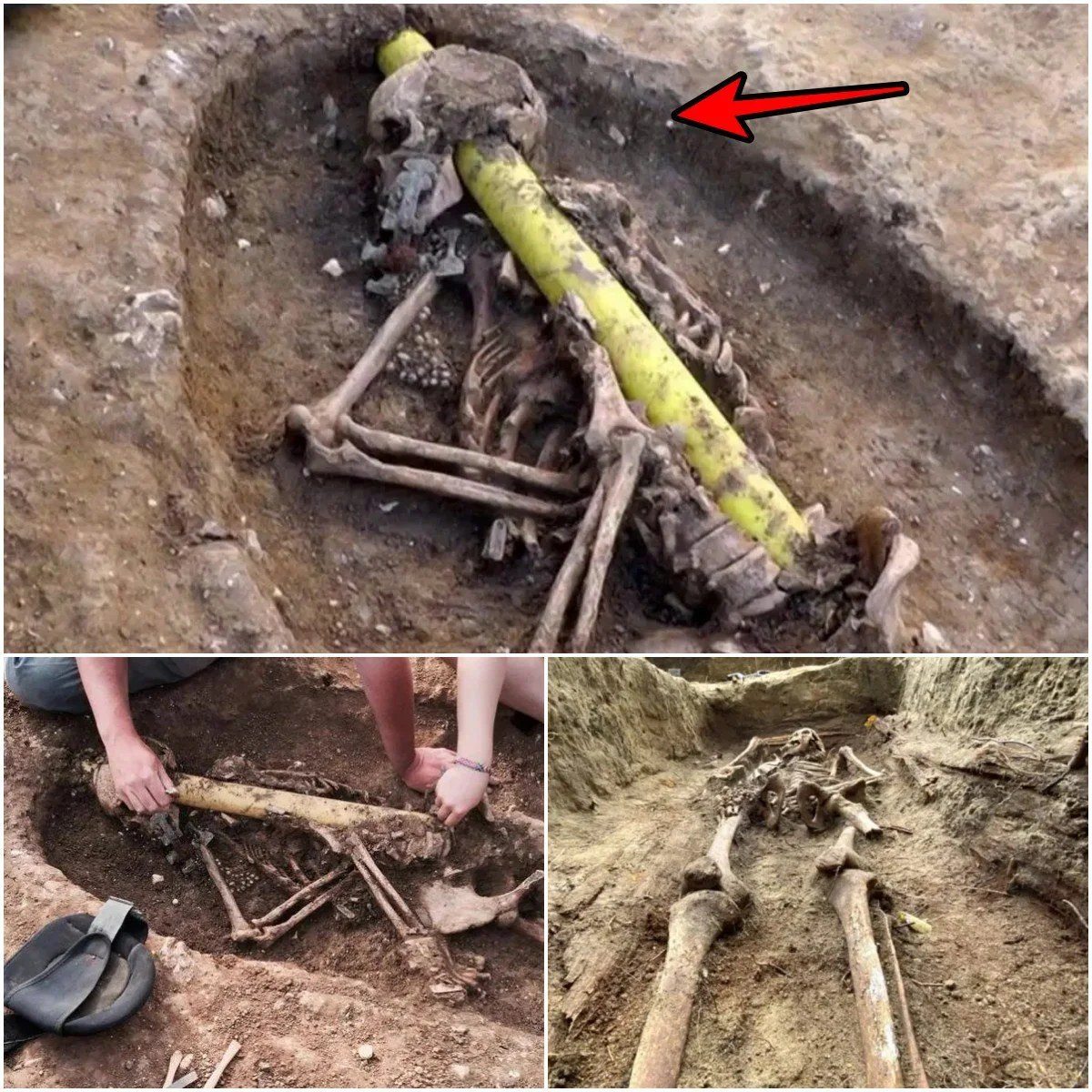Ice Age Carvings Discovered at Göbekli Tepe: A Glimpse Into 11,000-Year-Old Art

Göbekli Tepe, often celebrated as the world’s oldest known temple complex, has revealed yet another remarkable secret. Explorers and archaeologists have uncovered carvings of Ice Age animals, dating back roughly 11,000 years. This discovery offers unprecedented insight into the artistic expression, symbolic thinking, and environmental awareness of prehistoric humans, shedding new light on life during the late Pleistocene.
A Prehistoric Canvas

The carvings, etched into the stone pillars of Göbekli Tepe, depict a variety of Ice Age fauna, including mammoths, aurochs, and large predatory cats. These depictions are both detailed and dynamic, suggesting that the artists possessed keen observation skills and a deep connection with their environment. The choice of animals reflects the ecological landscape of the region at the time, providing a rare glimpse into species that roamed Anatolia at the dawn of human civilization.
Each carving is not merely decorative but appears to carry symbolic meaning. Scholars hypothesize that these images may have been part of ritualistic practices, perhaps intended to honor, appease, or communicate with the forces of nature. The combination of size, placement, and intricacy demonstrates the sophistication of these early artisans and their ability to convey complex ideas through visual storytelling.
Implications for Understanding Prehistoric Humans
The discovery of Ice Age animal carvings at Göbekli Tepe challenges long-standing assumptions about prehistoric art. Previously, scholars believed that large-scale symbolic constructions emerged after the development of agriculture. However, the carvings suggest that early hunter-gatherer societies were capable of both monumental architecture and advanced artistic expression well before the Neolithic Revolution..

This find also provides evidence of cultural continuity and ecological awareness. By depicting local fauna, the creators of Göbekli Tepe documented the biodiversity of their time, preserving a record of species that would later disappear or migrate. Such carvings help archaeologists reconstruct ancient ecosystems, understand human-animal relationships, and gain insight into the spiritual and social lives of Ice Age communities.
Bridging Art, Ritual, and Science
Göbekli Tepe continues to bridge the gap between archaeology and anthropology, ritual and everyday life. The Ice Age animal carvings complement the site’s monumental pillars and circular enclosures, reinforcing the idea that this was a ceremonial center of extraordinary significance. Researchers are employing 3D scanning, photogrammetry, and microscopic analysis to preserve these carvings digitally, enabling detailed study without risking damage to the ancient stone.
Conclusion
The accidental discovery of Ice Age animal carvings at Göbekli Tepe is a groundbreaking contribution to our understanding of prehistoric art, society, and environment. Dating back roughly 11,000 years, these carvings reveal the complexity, creativity, and ecological awareness of early humans. Beyond their aesthetic value, they provide a window into a world long vanished, preserving the memory of Ice Age fauna and the symbolic lives of those who honored them. As research continues, Göbekli Tepe reaffirms its status as one of humanity’s most extraordinary archaeological treasures, offering endless insights into the origins of art, ritual, and civilization.










